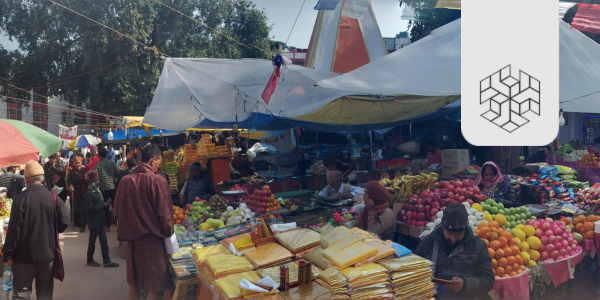Authored by – Gazal Malik
Edited by – Riya Singh Rathore, Kavita Majumdar and Priyamvada Chaudhary
At least 1.01 crore child labourers in India, aged between 5 and 14, are engaged in agriculture, hazardous industries, service establishments, and domestic work (UNICEF n.d.). The agriculture sector is the biggest employer of children who are involved in dangerous farming activities such as handling pesticides and fertilisers, carrying heavy loads, and operating unguarded machines in commodities ranging from sugarcane, rice, tea, or spice plantations.
However, addressing child labour in the agricultural sector is hindered by factors such as caste-based poverty, lack of learning opportunities, migration, homelessness, unemployed parents, and lack of regulation enforcement. Further, multi-dimensional poverty amongst farm workers and small farmers plays a key role in not just generational child labour but also child marriage and gender-based violence against women and children. This also suggests that the issue of child labour in agriculture is not an isolated one.
COVID-19 pandemic has only worsened this problem. Childline, a national helpline for children in distress, received 1,92,000 distress calls between March and August 2020 with most of them reporting cases of child labour. Compared to 2019, where the helpline handled 170,000 calls (Associated Press 2020), 2020 saw a significant uptick in calls. The upward trend has only continued in 2021 with Childline noting a 50% increase from regular call volumes compared to 2020. Within a short span of 21 days, 20 March to 10 April 2021, the helpline received 4,60,000 calls pleading for the protection of children (Chawla and Singh 2021).
The pandemic has also increased the risk of distressed children being trafficked. By December 2020, Bachpan Bachao Andolan, an India-based movement campaigning for children’s rights, facilitated the rescue of over 2,000 children and the arrest of over 132 traffickers and employers. Even during the lockdown, many were intercepted while being trafficked (Ghosh 2020).
The first wave of the pandemic was devastating for the most impoverished children, that is children of daily wage earners, migrant workers, and casual workers who have been struggling for sustainable livelihoods. Children from these households comprise a large portion of child labourers, especially in agriculture, where they are constantly undertaking migration. While most families rely on seasonal harvesting for work and migrate depending on where they get employment, seasonal employment only lasts for a few months and is not enough to make ends meet. As a result, children migrate along with their families, working for one agricultural supply chain or another, losing out on any semblance of a formal education.
Addressing the vulnerabilities of child labourers in agriculture, and in the context of migratory flow in rural and semi-urban areas, must be an issue of utmost importance amidst the pandemic. COVID-19 is steadily ravaging rural India causing an unending crisis where children are unable to access basic necessities such as healthcare and education. Due to an unprecedented lockdown and loss of livelihood for millions of vulnerable families, basic survival and protection from COVID-19 have become outstanding concerns. Limited resources of the government and civil society are being targeted towards providing food, shelter, and medical assistance to vulnerable households.



